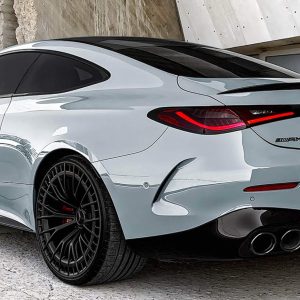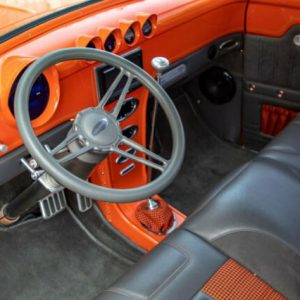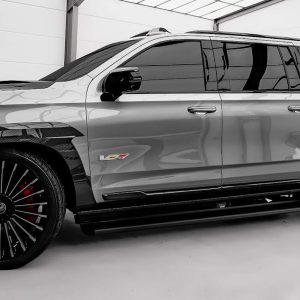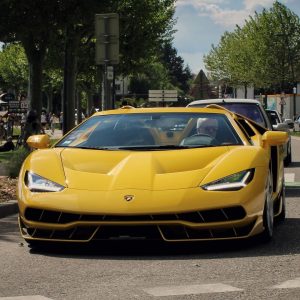Could the maddest pair of super sports cars in recent memory actually prove to be the most sensible? We grab our camo gear and a tin hat to find out more about the Lamborghini Huracán Sterrato and Porsche 911 Dakar…

On the east coast of England is a quaint, seaside town where British pensioners are put out to pasture. Vintage fishing boats, mobility scooters and endless static caravans rust quietly in the salty North Sea air. It’s a peaceful, picturesque place, where time stands still, ‘Brexit means Brexit’, and any sense of adventure is a long-distant memory. Welcome to Filey.
And yet, despite this former fishing village’s sedate reputation, there’s a deep contradiction parked alongside its rows and rows of holiday homes: the Sports Utility Vehicle. Or, to be more specific, the Land Rover. Bull bars, snorkels and chunky off-road tyres face off against neatly manicured lawns and garden gnomes; poised as if to destroy them with one rotation of a locked differential.

So, what drives the retired population of this sleepy town to conclude that a rugged, 4×4 vehicle, originally designed for the British Army, is an appropriate mode of transport for their weekly shop? To answer that question, we’re going to need a naturally aspirated V10 and a twin-turbocharged flat-six, strapped to a couple of cross-country super sports cars. Oh, and a roof tent.
Helping us with our research and looking like they’ve just rolled off a landing craft are two of the most madcap cars on sale today – the Lamborghini Huracán Sterrato and the Porsche 911 Dakar. These are jacked-up, all-wheel drive versions of their namesakes, designed to bravely go where few sports cars have gone before: dirt tracks, frozen lakes and sand dunes, if you believe the press photography. ‘Sterrato’ literally means ‘dirt road’ in Italian and ‘Dakar’ refers to the iconic Paris-Dakar rally – the legendary destroyer of front axles and racing drivers’ spirits.
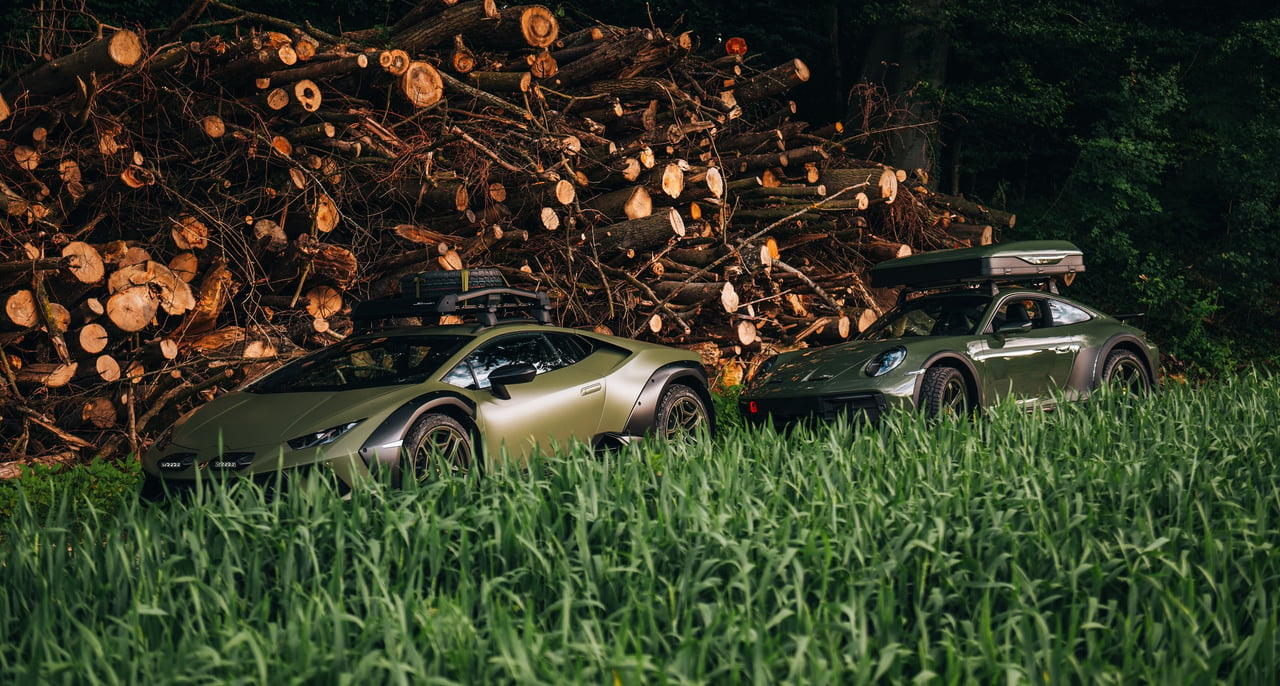
Rather than leaning into the obvious, pseudo-rally car aesthetic, however (we’re looking at you, ‘Rough Roads’), the cars joining us today have a distinct military flavour. The Dakar is finished in the aptly named ‘Nato Olive’ and the Sterrato in matte ‘Verde Turbine’, with contrasting black accents. If Action Man had a fleet of supercars, this is what they’d look like.
“I wanted them to look as if a defence department on a budget had specced them” the owner, Chris, explains. “Traditionally, raised vehicles have been used for defence purposes so I wanted them to look authentic. For example, both cars have the wheels in body colour which is intended to look like all the paint came out of one spray can.”
Far from looking like a back-street, rattle-can job however, the concept for both cars was realised through Porsche’s Sonderwunsch and Lamborghini’s Ad Personam customisation programmes, which allow customers much greater scope for individualisation than a typical dealer experience.

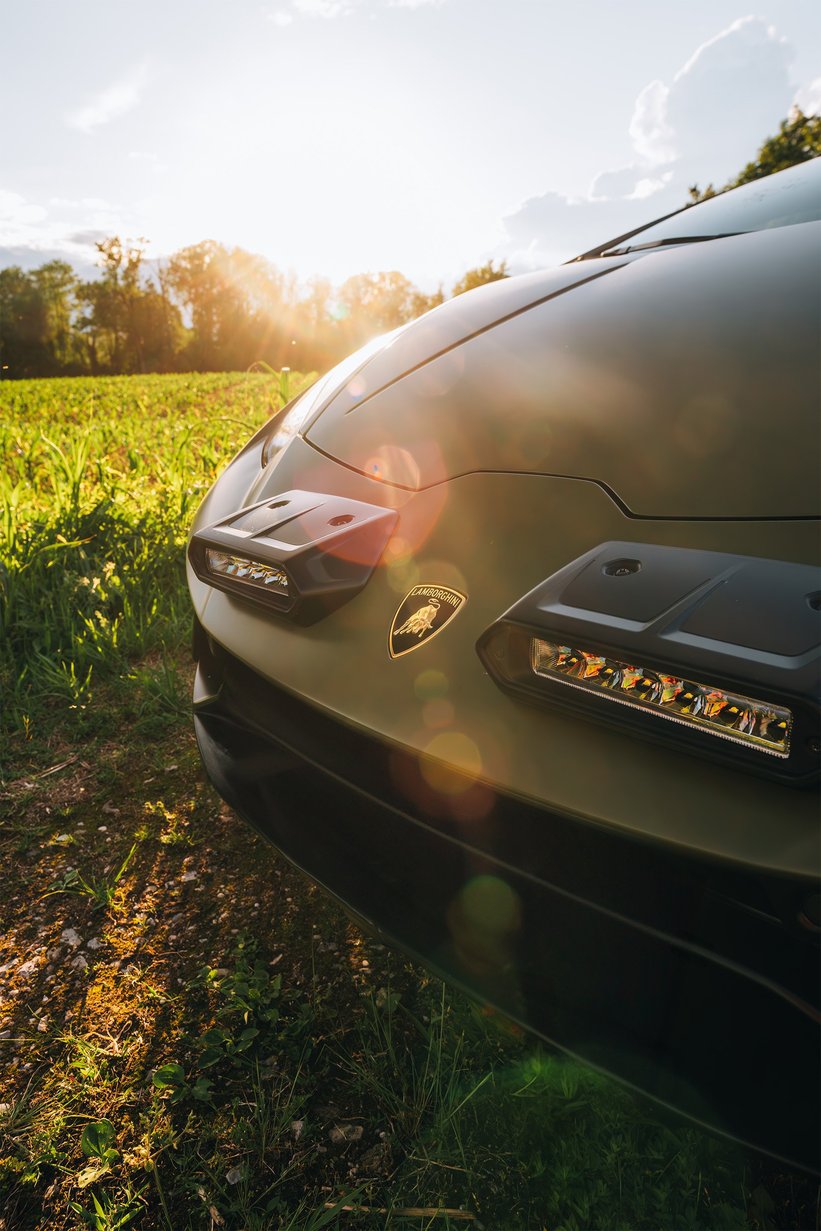
There are bespoke details everywhere you look – from the anodised crash plates on the front and rear of the Dakar (typically finished in silver), to the stripped-out interior of the Sterrato. “It doesn’t have any of the gimmicks that you’d add if you were to spec the car for resale,” Chris points out. “A defence department wouldn’t have the budget to spec carbon fibre bucket seats!
“I wanted it to look hyper basic – like you could open the door and hose it out. It’s also why the mirrors are matte black on both cars. If I could, I would have taken unpainted bumpers. Like an old, engraved army lighter or an ex-marine diving watch, the specification of these cars is designed to age gracefully. If they get scratched or dented in action, it simply adds to the patina and underlines their purpose – like a well-used skateboard!”
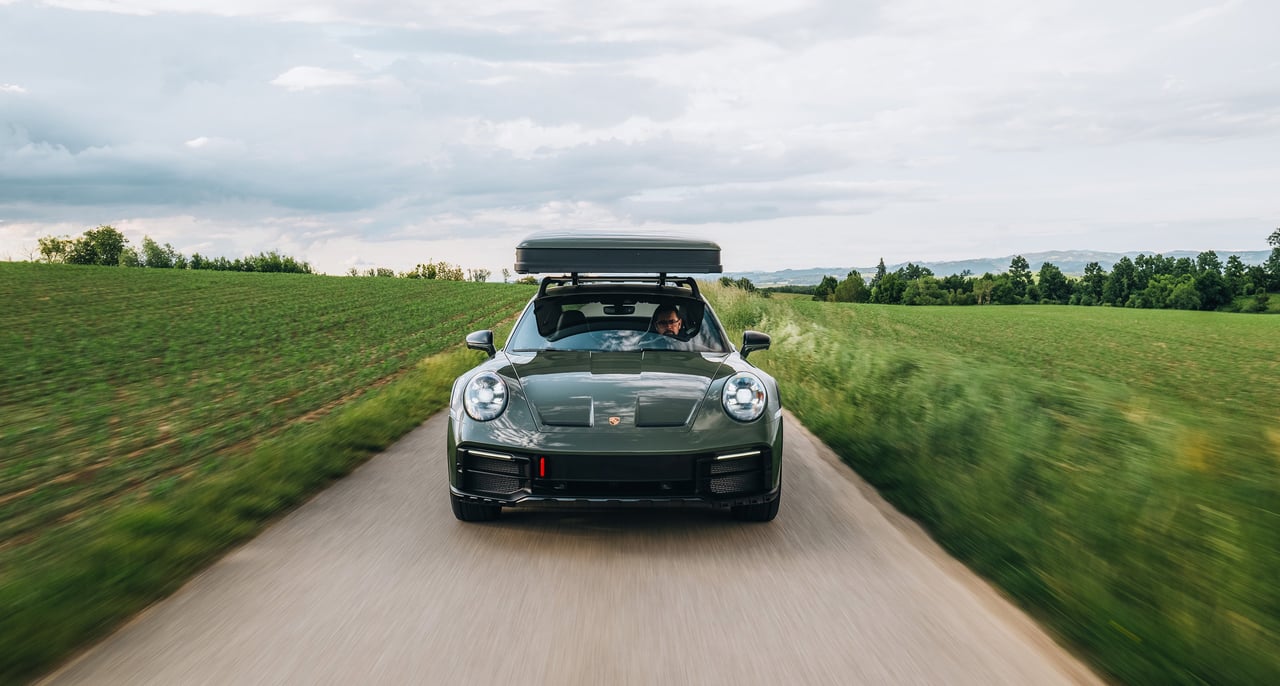
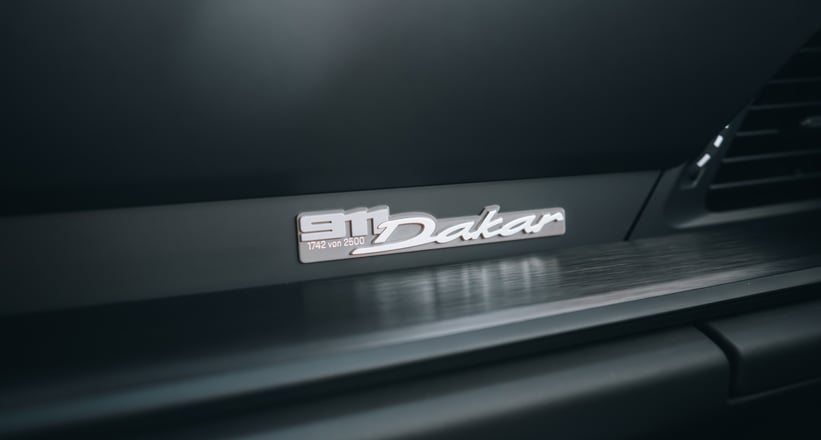
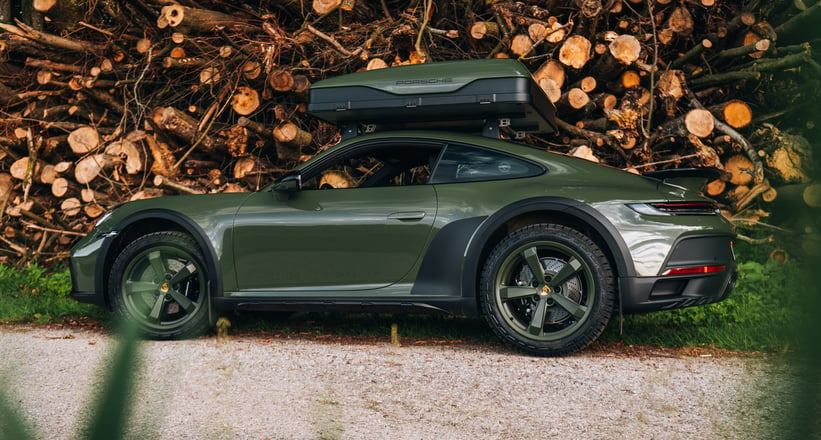
The Dakar’s interior continues the strict utilitarian theme. Rear seats have been added to carry more troops, courtesy of GT3Belts; corduroy inserts replace the standard Race-Tex fabric to better withstand with the dirt and dust; even the ‘911’ stitching has been removed from the headrests. Despite this no-frills approach, however, there’s still room for some humour, etched into the illuminated sills: ‘Roads? Where we’re going, we don’t need… roads.’ Quite.
However, despite these cars’ off-road ambitions, the sad reality is that the majority of Dakars and Sterratos sold worldwide (limited to 2500 and 1499 units respectively) will never venture beyond the black stuff. In the same way those pensioners’ SUVs won’t traverse more than a soggy grass verge, most of these off-road super sports cars will clock up their miles in tarmac’d mediocrity, without a trace of mud between their tyre treads.
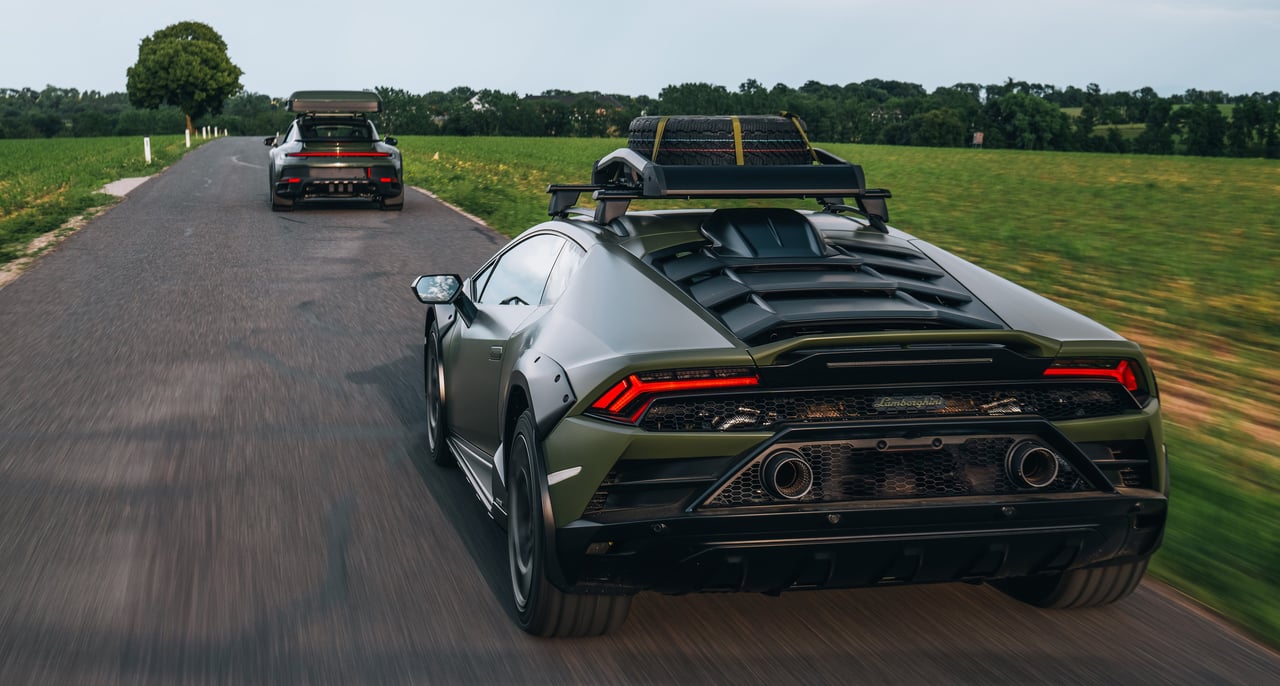
Which leads us back to our original question: if these cars won’t fulfil their intended purpose, where is the sense in owning them? If they’re not going to get launched off a sand dune or flung around a rally stage by 95% of their owners, what do they bring to the table?
“Hardly anyone buys an SUV to drive off-road, in the same way no-one buys a Bugatti to go 300 miles an hour” Chris explains. “You buy them because of the psychology of ‘you could if you wanted to’. But the real point of these cars isn’t to take them across a field or wherever, it’s the feeling you get when driving them – it’s an attitude from five or six decades ago.
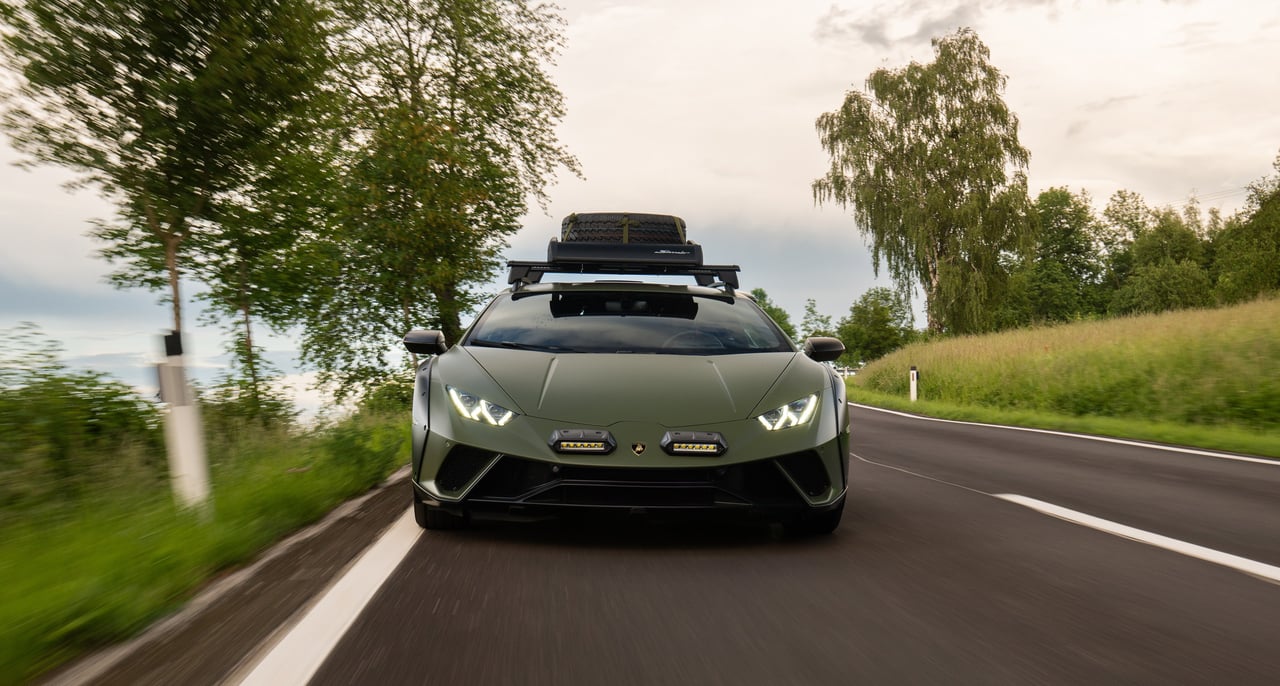
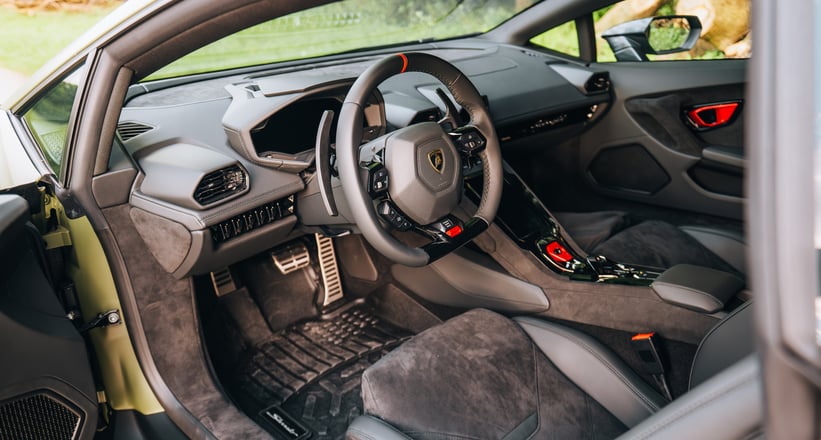
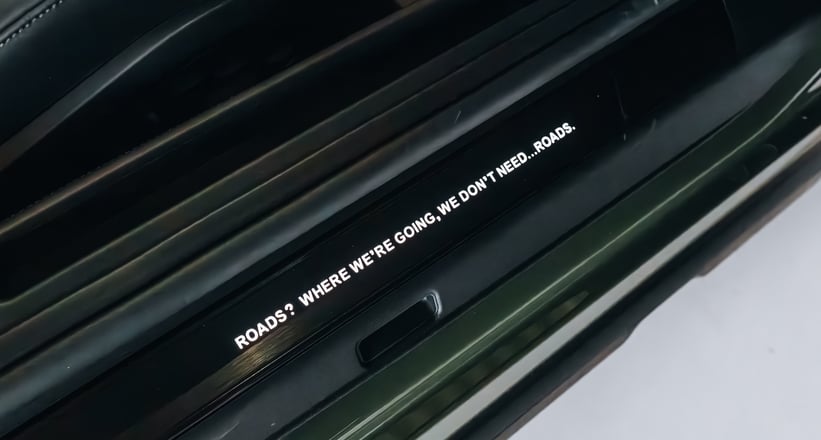
“If you take a sports car from the 1960s or early 1970s, it was a very relaxed driving experience. Because of the high-profile tyres and lack of aerodynamics, you didn’t think twice about entering or exiting a garage, and if you needed to jump into a bakery, you’d just park on the sidewalk, which you can’t do with a modern sports car.
“In a normal Lamborghini, or even a regular 911, almost every trip is a headache. Are you going to damage it? Will you return the car in the same condition? By contrast, the Dakar and Sterrato will give their owners a much more relaxed ownership experience.”

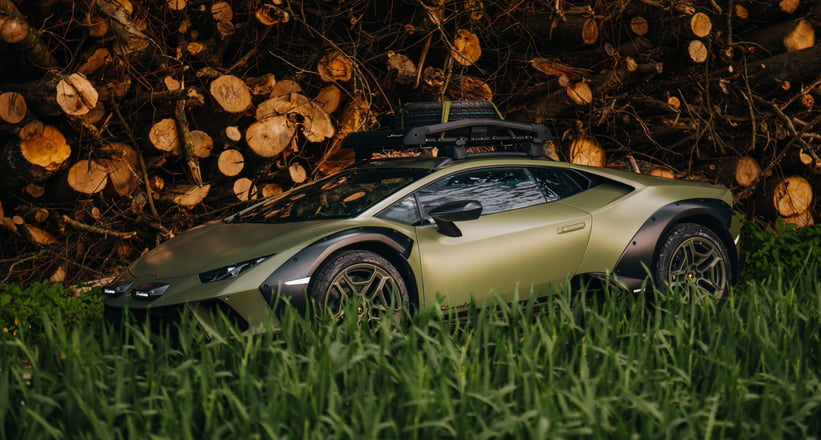
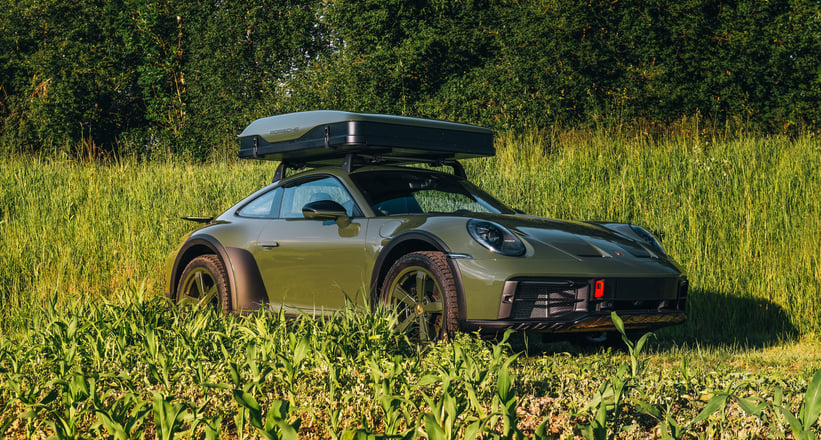
Chris’ theory certainly plays out on the public road. The stress normally associated with driving a high value supercar is notable by its absence. Speedbump? No problem. High kerb? Piece of cake. Sudden, unsighted dip in the road? Bring it on. Because of their increased ride heights (50mm in the Porsche and 44mm in the Lamborghini), as well as under-car armour-plating, the whole driving experience is transformed into something quite revelatory. Rather than spending your time scanning the road for splitter-killing obstacles, or tiptoeing around car parks, the Dakar and Sterrato liberate the driver to enjoy the machinery beneath them.
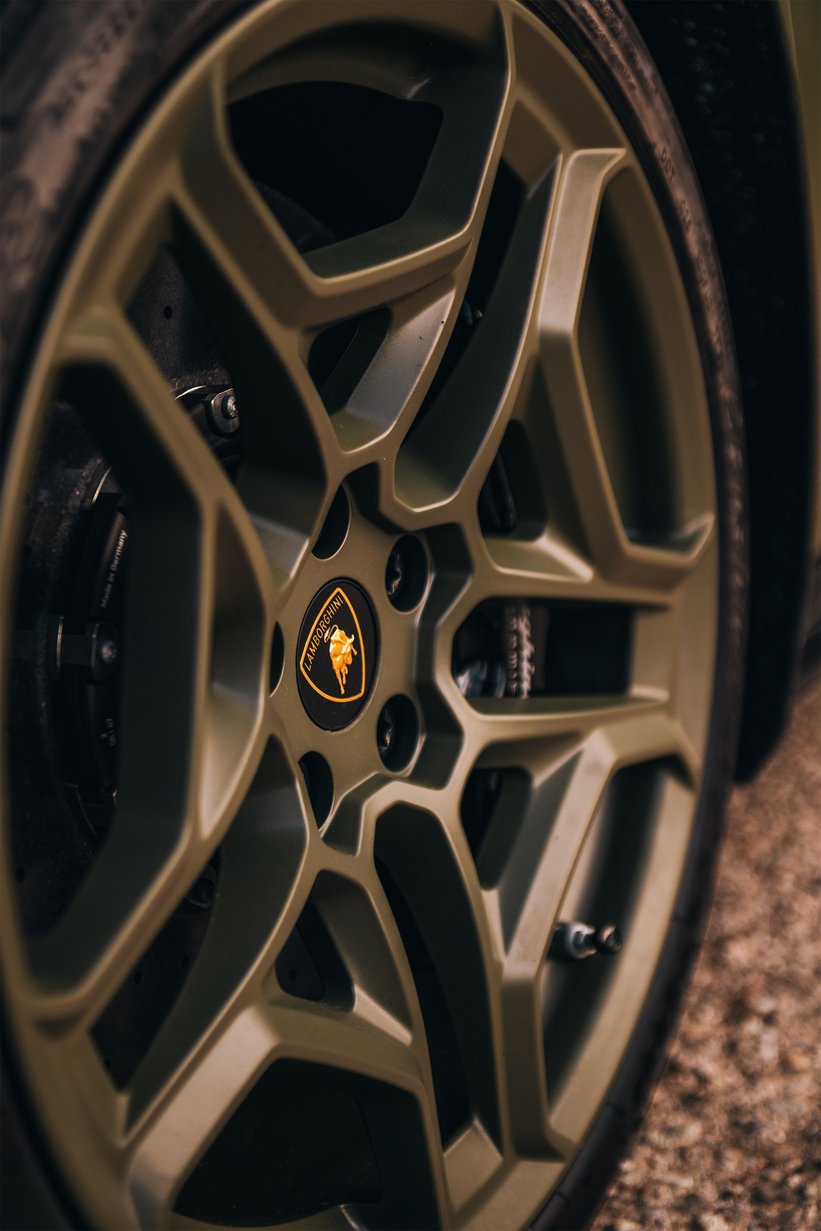

And some machinery it is. These off-road variants are by no means softened-up, watered-down examples of the regular 911 GTS or Huracán. Beneath those full metal jackets, they’re still the full fat, red-blooded thoroughbreds we’ve grown to love. Flipping the cover and pressing the bright red start button on the Sterrato’s centre console feels like launching a missile strike, until the V10 fires into life and you realise you’re actually the one strapped to the warhead. It’s a noise so visceral and provocative; it’s raw, undiluted shock and awe. The Dakar’s launch sequence doesn’t have quite the same drama, but it more than makes up for it with its exquisite touchpoints and interior – the centrepiece of which is the glorious, analogue rev counter, now sadly dropped from the newly facelifted 992.

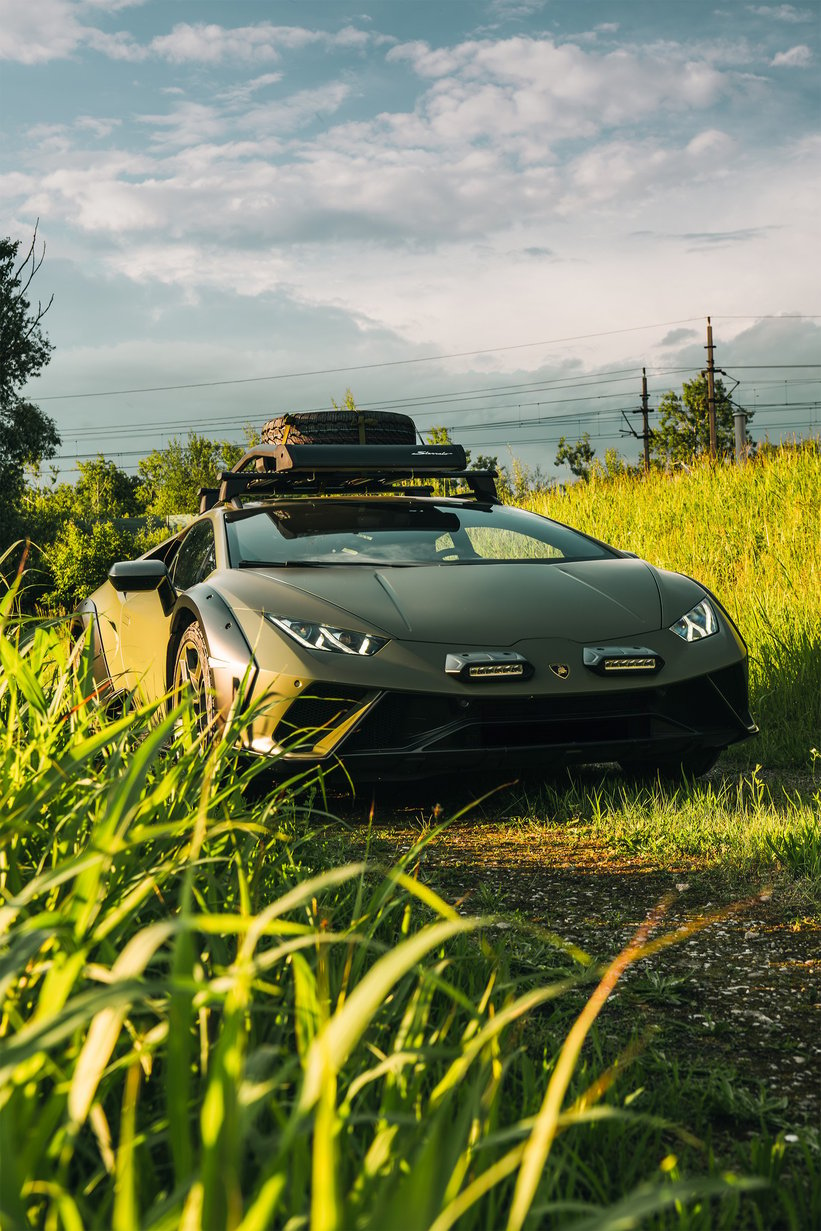
On the move, these go-anywhere go-karts have some serious firepower. 100kph arrives in 3.4 seconds for both cars, meaning the recoil will still pin you back when you pull the trigger. In the twisty stuff, the lifted Lamborghini feels supremely planted and inspires enormous confidence, thanks to its perfectly judged AWD system. The slightly taller Dakar feels a little softer by comparison, but that’s almost certainly because it’s the more qualified of the two for off-road driving (lugging around a roof tent on our car probably didn’t aid vehicle dynamics either).
Top speeds are limited to 149mph in the Porsche and 162mph in the Lamborghini, but as we’ve established, no-one will buy these cars to hit vmax on a closed runway, in the same way they won’t cross the River Nile, ascend Mount Kilimanjaro or jump a caravan of camels in the Sinai Desert.

The simple beauty of the Dakar and the Sterrato is that they’re so usable, accomplished and thrilling in real world, everyday conditions. Sure, they’re not city cars, but they’ll get you out of the smoke without breaking a sweat. They may not be hyper cars, but they’ll tackle the average B-Road in half the time. And when it comes to dipping their wheels off-road, they’ll probably get you further than the average SUV. As it turns out, these all-action cars are actually the perfect all-rounders. Just don’t tell the pensioners – they’ll all want one.
Photos by Jon Gorman
